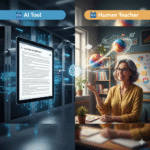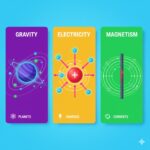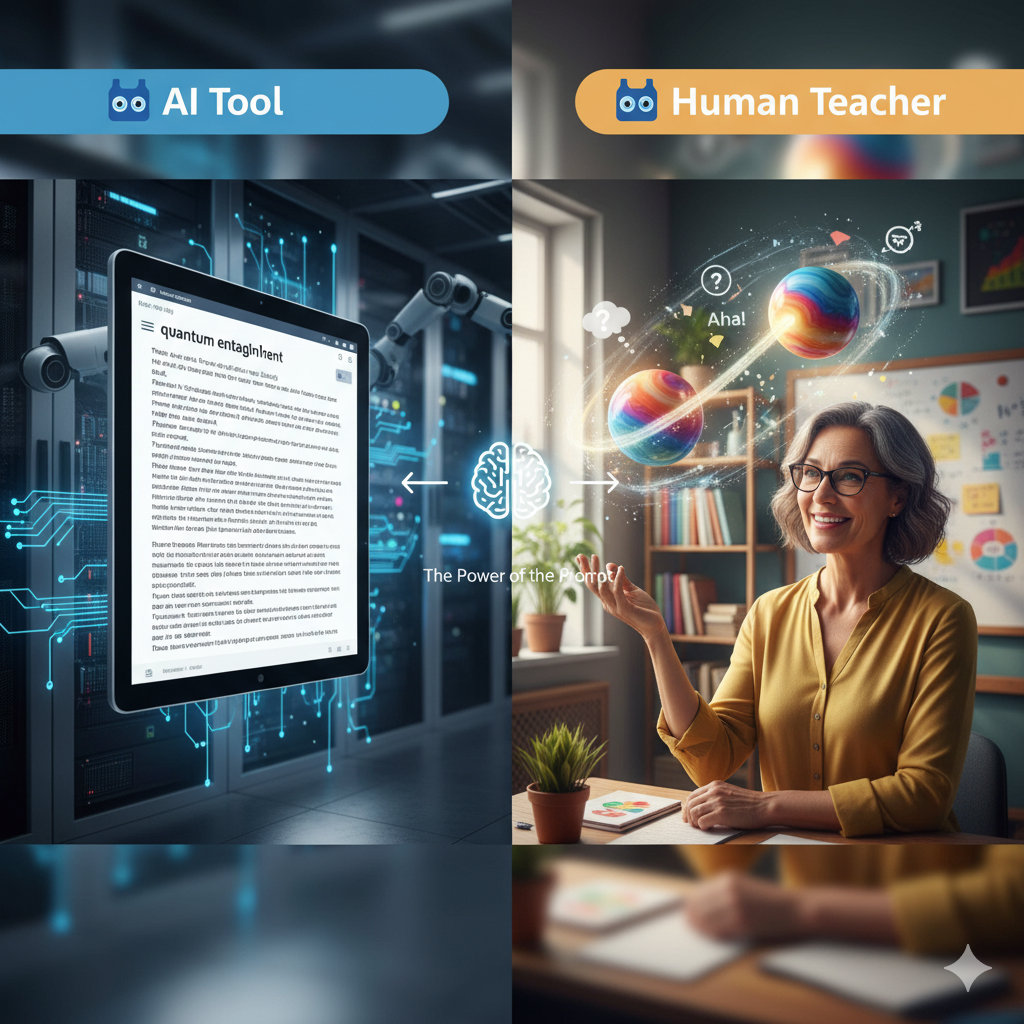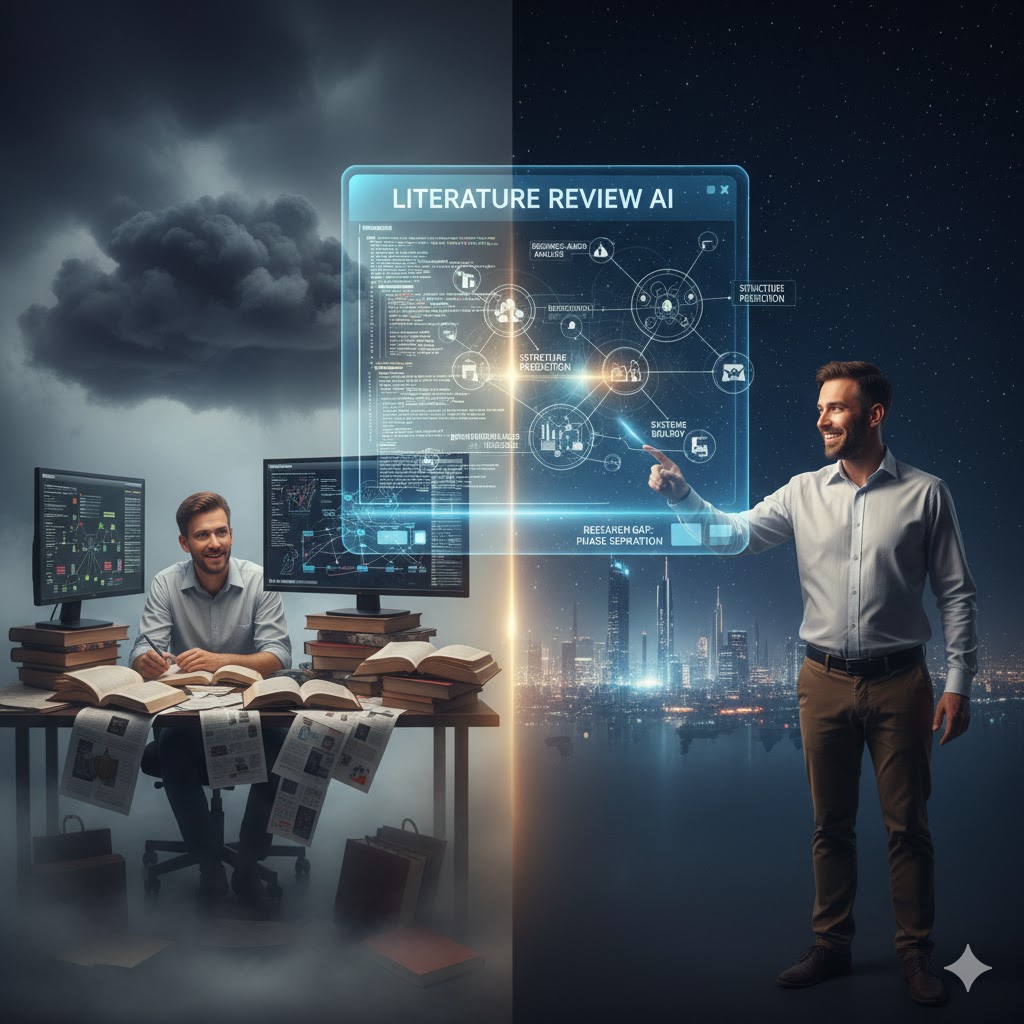Have you ever asked an AI a question and gotten an answer that was technically correct but… completely unhelpful? It felt like reading a dry encyclopedia entry when what you really needed was a teacher to explain it.
That exact problem has fascinated scientists for decades: How do we get a machine to do more than just spit out facts? How can we get it to actually teach?
The Long Road to a Smarter AI
Our journey wasn’t a straight line. In the 1970s and 80s, early “Intelligent Tutoring Systems” (ITS) like GUIDON attempted to teach medical diagnosis but couldn’t adapt their tone or strategy—a rigid teacher without empathy.
By the 1990s, researchers like John R. Anderson at Carnegie Mellon took a cognitive turn with the Cognitive Tutor, based on the ACT-R learning model. This brought in concepts human teachers use intuitively, like scaffolding and active learning. Still, these systems followed scripts, not students.
The Real Breakthrough: When AI Learned to Talk
The game changed completely in the late 2010s with the arrival of Large Language Models (LLMs). Powered by the Transformer neural architecture, these models didn’t just recognize words; they began to understand ideas.
Suddenly, AI could offer multiple explanations, use analogies, and adapt its persona from a patient guide to an enthusiastic coach. Today, we see this potential in action across the tech industry. Khan Academy’s Khanmigo, launched in 2023, uses the Socratic method to nudge learners toward understanding rather than just giving away solutions. In 2024, Google launched LearnLM, its family of Gemini-based models designed explicitly “for learning,” aiming to build adaptive, multimodal learning experiences. Similarly, Anthropic’s Claude introduced a “Learning Mode” that transforms it from a question-answerer into a dialogue-based tutor that guides learners with reflective prompts.
These tools all operate on one key principle: an AI’s response is only as good as the question you ask it. A simple prompt gets a simple fact. A thoughtful prompt unlocks a real explanation.
See for Yourself: Introducing the ‘Human vs. Bot Thinker’ App
This very idea is why I built a new tool. I wanted to show people the incredible difference a good prompt makes, rather than just talk about it. The link for it is here

My app, Human vs. Bot Thinker, is a simple experiment hosted on my project site, Prayogashaala. You enter one question, and it shows you two answers:
- The “Bot” Answer: From a direct, straightforward prompt.
- The “Human Teacher” Answer: From a detailed prompt asking the AI to be a patient, encouraging guide.
The purpose of this tool is to make the power of prompt engineering visible. It demonstrates that the real art of using AI in education is learning how to ask questions in a way that transforms a fact-bot into a mentor.
Your Turn to Be the Teacher
The future of education is a partnership between human curiosity and AI tools. As one educator put it, “The AI gives my learners courage to try — and that’s half the teaching done”. Modern AI doesn’t replace teachers; it extends their reach, allowing them to focus on mentoring empathy, creativity, and inquiry—skills no model can yet mimic.
I invite you to try the Human vs. Bot Thinker tool. Ask it a question you’re wrestling with. See the difference for yourself. What will you ask it to teach you?
References
- “Have you ever asked an AI a question and received an answer that was technically correct but completely unhelpful?…”
- “Khanmigo Reviews, Alternatives, Pricing, & Offerings in 2025,” MyEngineeringBuddy Blog, May 2025.
- “Meet Khanmigo: The Student Tutor AI,” CBS News, July 2025.
- “Have You Considered AI in Your Classroom? A Khanmigo Pilot Story,” Michigan Virtual, Aug 2025.
- “AI Meets Education: Discover the Power of Google LearnLM,” Public Services Alliance, May 2025.
- “LearnLM Overview,” Google Cloud Solutions Blog, Oct 2025.
- “LearnLM | Gemini API,” Google AI Developer Docs, Sept 2025.
- “Anthropic Introduces Learning Modes in Claude,” DataStudios.org, Aug 2025.
- “Introducing Claude for Education,” Anthropic Newsroom, Apr 2025.
- “AI Can’t Replace Teaching, But It Can Make It Better,” WIRED Magazine, July 2024










